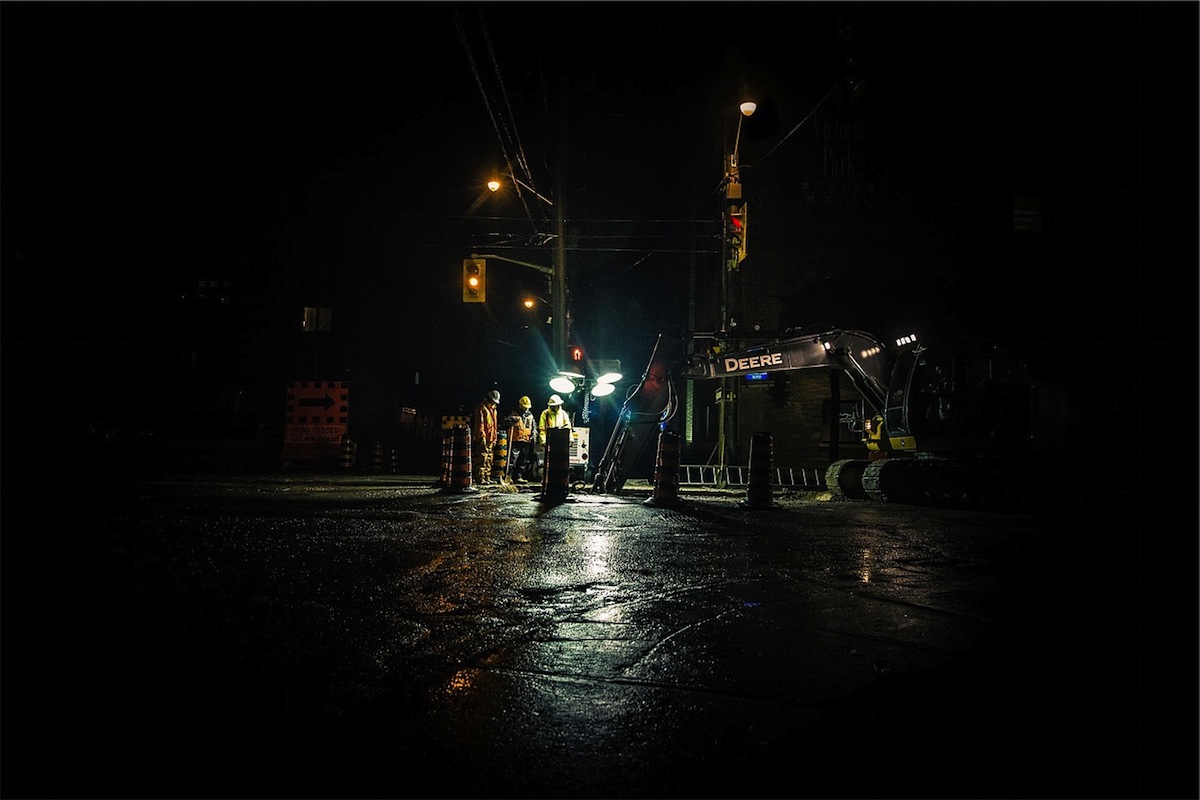The Occupational Safety and Health Administration issued a final rule to increase protections for construction workers in confined spaces.
The agency says the rule, which matches those in manufacturing and other industries, could protect nearly 800 construction workers a year from serious injuries and reduce life-threatening hazards.
The rule applies to areas including manholes, crawl spaces, tanks, and other confined spaces that are not intended for continuous occupancy and are difficult to exit in an emergency.
People working in confined spaces face life-threatening hazards including toxic substances, electrocutions, explosions, and asphyxiation. The agency cited a case last year in which two workers were asphyxiated while repairing leaks in a manhole. The new rule was devised to prevent such incidents.
The new regulations include requirements to ensure that multiple employers share vital safety information and to continuously monitor hazards—a safety option made possible by technological advances after the manufacturing and general industry standards were originally created.
Related Stories
Codes and Standards | Nov 6, 2020
Jobsite injuries in New York City decline 20% since 2017
Safety training cited as a cause of improvement.
Codes and Standards | Nov 4, 2020
Commercial building owners having tougher time securing insurance policies and renewals
Insurers’ fears of civil unrest in wake of election prompt builder’s risk coverage moratoriums.
Codes and Standards | Nov 4, 2020
Turn rooftops into revenue generators with solar arrays
Lease or ownership models for PVs make more sense than ever.
Codes and Standards | Nov 3, 2020
The argument against gas stoves includes degraded indoor air quality
Asthma seems to be aggravated by cooking with flame.
Codes and Standards | Nov 2, 2020
Wildfires can make drinking water toxic
Updated building codes could mitigate the danger.
Adaptive Reuse | Oct 26, 2020
Mall property redevelopments could result in dramatic property value drops
Retail conversions to fulfillment centers, apartments, schools, or medical offices could cut values 60% to 90%.
Codes and Standards | Oct 26, 2020
New seismic provisions for the National Earthquake Hazards Reduction Program released
The provisions present a set of recommended improvements to the ASCE/SEI 7-16 Standard.
Codes and Standards | Oct 22, 2020
More than 130 building projects have engaged LEED’s Safety First Credits in response to COVID-19
Best practices helping companies develop and measure healthy, sustainable, and resilient reopening efforts.
Codes and Standards | Oct 21, 2020
New technologies and techniques can ‘future-proof’ buildings
Net-zero principles may give buildings longer lives.
Codes and Standards | Oct 20, 2020
Updated AIA Contractor’s Qualification Statement and Warranty Bond documents available
Statement now includes safety protocols and plans, sustainability, and BIM experience.

















